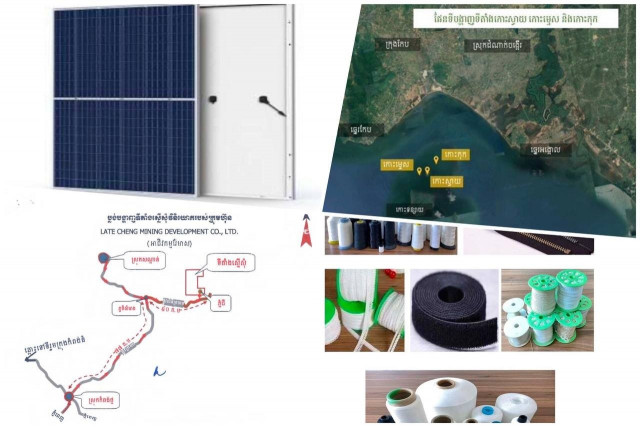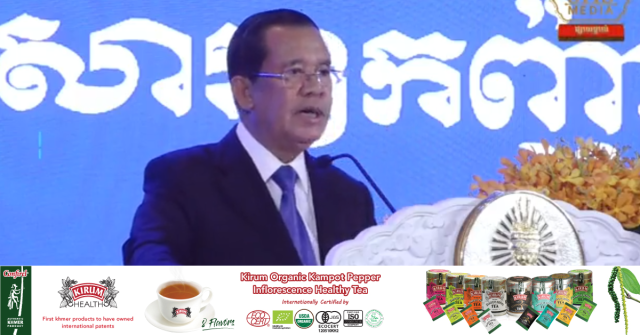Canal Will Not Harm Mekong, PM tells Vietnam

- By Teng Yalirozy
- December 13, 2023 3:00 PM
PHNOM PENH – Prime Minister Hun Sen has assured Vietnam that the 180km Funan Techo Canal project connecting the Mekong River to the sea will not harm the transboundary river that provides rich resources for countries in the Mekong region.
Jean-Francois Tain, Minister Delegate attached to the Prime Minister in charge of Foreign Affairs and International Cooperation, said Cambodia told Vietnam not to worry about the potential effect of the project on the river.
PM Hun Manet paid an official visit to Vietnam on Dec. 11 and 12 to discuss work and strengthening trade.
“The Prime Minister sees that for Cambodia's trade in a short and medium term, the canal will not cause water disruption and environmental hazard to Vietnam,” Jean-Francois Tain said after the delegation returned.
“It’s a practical study because the canal will divert the water from Bassac River, a tributary of the Mekong River, to other rivers other than the Mekong Basin.”
In October, Cambodia and the China Bridge and Road Corporation (CRBC) signed a framework agreement on the project.
The canal will connect Takeo canal of the Mekong River to the Ta Ek canal of the Bassac River to Ta Hing canal in Koh Thom district before reaching the sea in Kep province. The canal will pass through Kandal, Takeo, Kampot and Kep provinces.
The project, approved by the government in May, is estimated to cost around $1.7 billion and take four years to complete. It is the first logistics project to connect the Mekong River to the seaway, aiming to expand the country’s transport potential by sea.
Vietnam wanted more explanation from Cambodia as it passes through the Mekong River. The project will continue as planned, Cambodia said.
“Vietnam is just concerned that the canal could harm the river. So, Cambodia shows some assessment studies in which no environmental impact could be a worry,” Jean-Francois Tain said. “It’s for the continuous economic development of Cambodia.”
The canal will be 5.4 meters deep (4.7 meters for docking depth and 0.7 meters for a safety gap) and have two lanes for entrance and exit. There will be water gates in Kandal, Takeo and Kep provinces, as well as 11 bridges with 208-kilometer roads on both sides of the waterway.
The waterway will reduce the distances for transportation by more than 69km from the Phnom Penh Autonomous Port to the Sihanoukville Autonomous Port through Vietnam’s Cai Mep Port, and 135km from the Phnom Penh Autonomous Port to the Kampot International Port, former government spokesperson Phay Siphan said in May.
The study shows that the project needs an average of less than two percent of the water from the river and stream under normal hydrological conditions.
In the event of climate change, the sea level will rise more than 0.5 meters above normal level and the floodgates will be opened 90 percent in a day. That could result in a maximum infiltration of seawater by only 1.23 percent, which could not harm the ecosystem of the river.















